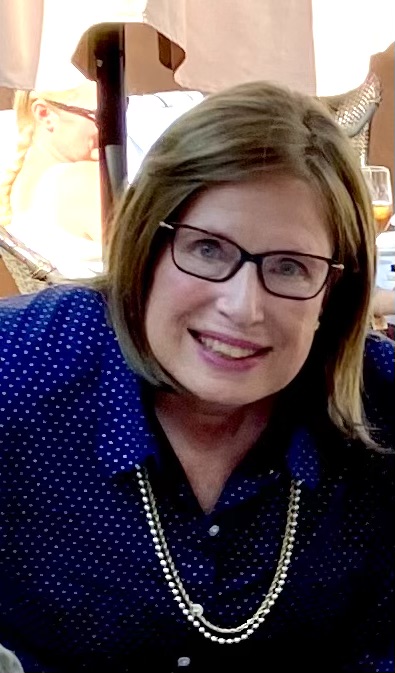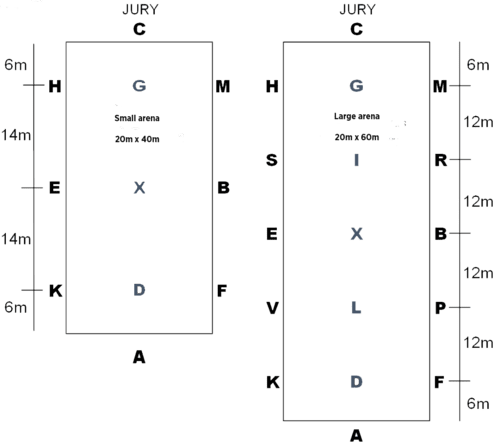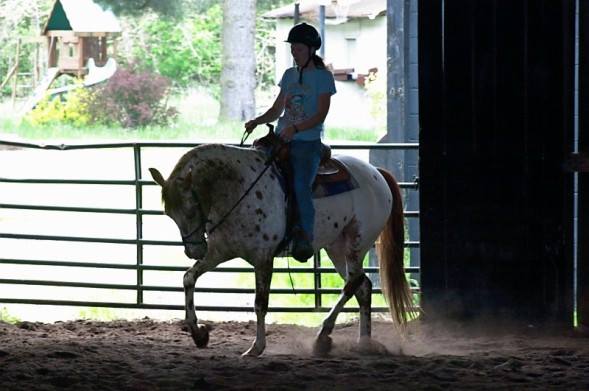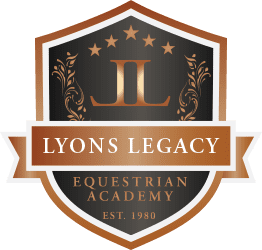
Office Manager, Kristen Bosgraf, had the pleasure of attending the IEA National Finals at Tryon International Equestrian Center this past week as a scribe for S judge Margaret Freeman. Margaret, of Tryon NC, is a USEF senior dressage judge and former FEI-level competitor with her Friesian-cross mare. She’s a freelance writer/editor for horse magazines and covered the equestrian events at seven Olympics for the Associate Press. She is the former Executive Board secretary of the USDF and is active with youth dressage activities, including Dressage4Kids Inc. and Lendon Gray’s Youth Dressage Festival (NY). She’s an experienced show organizer and was on the founding committees of CDCTA (VA) and Dressage at Devon (PA).
A scribe is a judge’s assistant, responsible for recording the marks and comments and noting any errors so that the judge can watch the entire test unimpeded. You will often see a scribe with the judge at dressage competitions but it’s not limited to just dressage. Scribes are often necessary for all scored or individually judged classes such as reining, english/western riding, trail, showmanship, equitation and horsemanship, and some over fences classes. This allows the judge to focus on the competitor in the ring while sharing their scores and comments for the scribe to record.
At the IEA National Finals the dressage ring hosted two judges for each class. In addition, both the small square and large square were utilized based on the test ridden. There are two positions for the judge to sit during a dressage test – either at the letter E or C. When judging from E you are able to see the outline of the horse and rider and assess engagement as well as accuracy at the letter X. When judging from C you have a much better perspective of straightness on both centerline as well as on the long sides of the ring. Often the two judges have similar scores, but since they have different perspectives due to where they are sitting, the scores may differ at times. The two scores are then averaged together to give the final score for that rider.

The format for an IEA competition is a draw system. Riders do not bring their own horses but instead ride horses provided for that particular show. They are allotted a two-minute warm up time with their coach to prepare for their class. This means that the quality of the horse may vary for each competitor, challenging the judge to focus primarily on the rider and the effectiveness of their aids throughout the test. Accuracy becomes essential in determining the winning ride.

One of the most frequent comments across the board related to circles. Circle size and location to be ridden are determined by the test being performed. Most commonly we saw circles at the ends of the ring at C and A as well as in the center of the ring at E and B. The most common mistake noted was circles were not round and had drifted too large for the specification of the test. These little details often determine who scores well and who does not. Riding an accurate circle requires the rider to utilize their full corridor of aids to keep the horse in front of the rider’s leg, balanced and organized in the movement.
Overall, the classes were quite competitive and the riders who nailed the small details came away with winning scores. Upon their class’s completion, each rider receives a copy of the test with the scores and comments from each movement and additional comments shared from the judge to evaluate what can be done better. In this way, competing in a scored class such as a dressage test can also be a learning experience for the competitor. Outside perspective is a valuable tool in the learning process, especially when the feedback is coming from such a seasoned judge like Margaret.

Lyons Legacy
28209 N. 139th Street
Scottsdale, AZ 85262
Monday – Friday
9 AM – 4 PM EST
Saturday
1 PM – 3 PM EST
© Copyright 2022 Lyons Legacy Equestrian Academy | Produced by Global Media Design